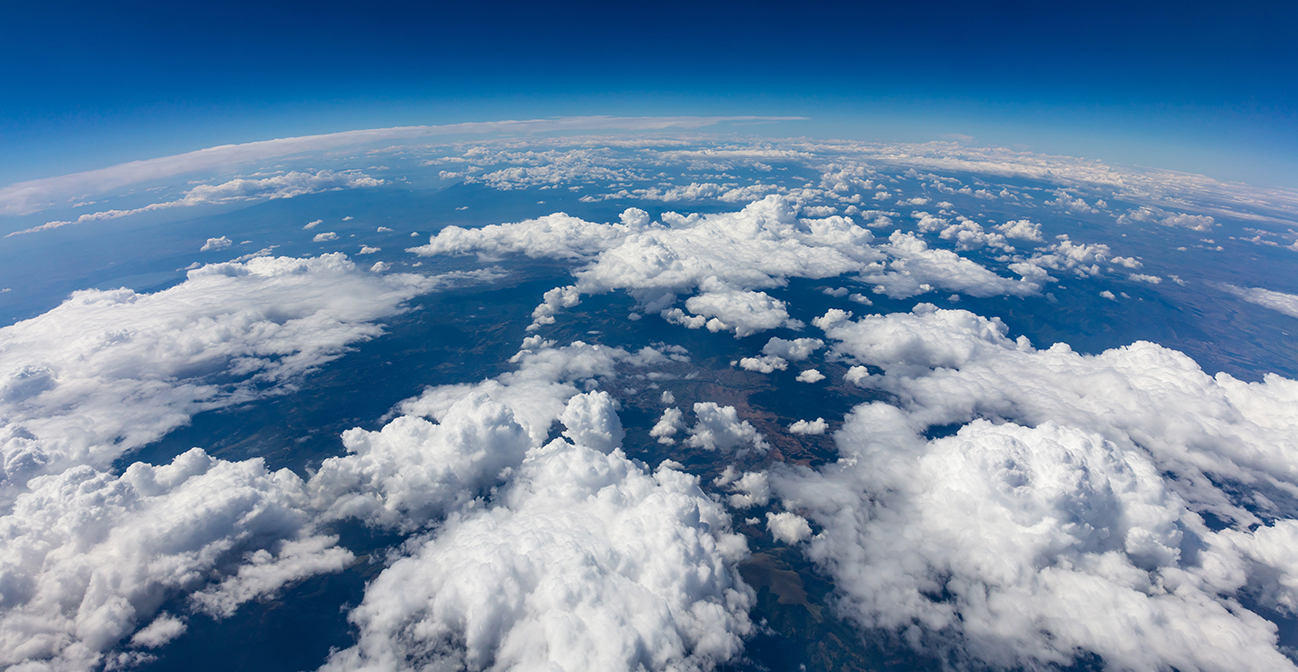Join us for conversations that inspire, recognize, and encourage innovation and best practices in the education profession.
Available on Apple Podcasts, Spotify, Google Podcasts, and more.

Throughout this course, the carbon cycle is featured as one of the most important planetary systems. This lab uses a robust model of the carbon cycle to give you an intuitive sense for how the system works. It also allows you to experiment with how human inputs to the cycle might change global outcomes to the year 2100 and beyond. One especially relevant human impact is the increase in atmospheric CO2 levels. Between 1850 and today, atmospheric concentrations have risen from 287 ppm (parts per million) to over 380 ppm a level higher than any known on Earth in more than 30 million years (see Unit 12 to find out how scientists measure ancient atmospheric carbon levels). You will experiment with the human factors that contribute to this rise, and see how different inputs to the carbon cycle might affect concentrations of the greenhouse gas CO2. launch lab
atmospheric (adiabatic) lapse rate
The constant decline in temperature of an air parcel as it rises in the atmosphere due to pressure drop and gas expansion.
albedo
The fraction of electromagnetic radiation reflected after striking a surface.
anaerobic
Describes an organism that is able to live without oxygen. Also used to describe environments that are devoid of gaseous or dissolved molecular oxygen.
angular momentum
The measure of the extent to which an object will continue to rotate about a point unless acted upon by an external torque.
buoyant
Capable of floating.
convection
The transfer of heat by a moving fluid, such as air or water.
convergence
The flowing together of air masses.
Coriolis force
The apparent force, resulting from the rotation of the Earth, that deflects air or water movement.
deforestation
Removal of trees and other vegetation on a large scale, usually to expand agricultural or grazing lands.
dew point
The temperature at which air becomes saturated with water vapor and condenses into water called dew.
dry adiabatic lapse rate
The rate at which the temperature of a parcel of dry air decreases as the parcel is lifted in the atmosphere.
dynamic balance
Condition of a system in which inflow of materials or energy equals flow.
El Niño Southern Oscillation (ENSO)
A global event arising from large-scale interactions between the ocean and the atmosphere, usually an oscillation in the surface pressure (atmospheric mass) between the southeastern tropical Pacific and the Australian-Indonesian regions.
feedback
Corrective information or a signal generated within a self-regulating system or process that is intended to induce a change in that system or process.
geostrophic flow
A current in the atmosphere in which the Coriolis force and the pressure gradient are in balance.
greenhouse gases
Atmospheric gases or vapors that absorb outgoing infrared energy emitted from the Earth naturally or as a result of human activities. Greenhouse gases are components of the atmosphere that contribute to the Greenhouse effect.
Hadley circulation
A general circulation pattern in which air rises near the equator, flows north and south away from the equator at high altitudes, sinks near the poles, and flows back along the surface from both poles to the equator.
isobars
Lines on a map connecting points having the same barometric pressure.
jet stream
Fast flowing, relatively narrow air currents found in the atmosphere at around 11 kilometres (36,000 ft) above the surface of the Earth, just under the tropopause.
latent energy
Energy supplied externally, normally as heat, that does not bring about a change in temperature.
moist adiabatic lapse rate
The rate at which the temperature of a parcel of saturated air decreases as the parcel is lifted in the atmosphere. The moist adiabatic lapse rate is not a constant like the dry adiabatic lapse rate but is dependent on parcel temperature and pressure.
Montreal Protocol on Substances That Deplete the Ozone Layer
A 1987 international agreement, subsequently amended in 1990, 1992, 1995, and 1997, that establishes in participating countries a schedule for the phaseout of chloroflourocarbons and other substances with an excessive ozone-depleting potential.
natural fires
A rapid, persistent chemical reaction that releases heat and light; especially the combination of any substance that’s easy to burn with oxygen that releases heat. Most natural fires start when a lightening bolt strikes a tree trunk and knocks the tree down.
relative humidity
The ratio of the amount of water vapor present in a specified volume of air to the maximal amount that can be held by the same volume of air at a specified temperature and pressure.
respiration
Metabolism of an individual cell, tissue, or organism that results in the release of chemical energy derived from organic nutrients.
ruminant
Any hooved animal that digests its food in two steps, first by eating the raw material and regurgitating a semi-digested form known as cud, then eating (chewing) the cud, a process called ruminating.
sinks
Habitats that serve to trap or otherwise remove chemicals such as plant nutrients, organic pollutants, or metal ions through natural processes.
top of page